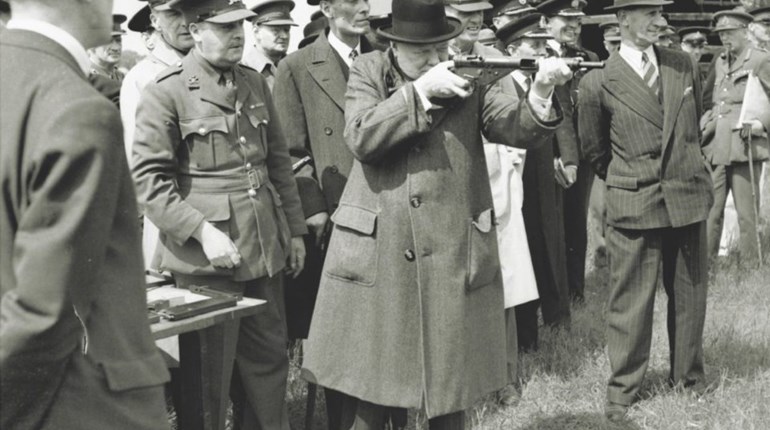
Only the most casual observer of history will not know the significance of June 6, 1944, falling as it did 72 years ago this week. For the student of military history, however, it is probably a date of unmatched modern notoriety—the beginning of the World War II Allies’ assault on Adolf Hitler’s “Fortress Europe.”

Famed mostly for the complexity and scale of the beach landings—U.S. forces at “Utah” and bloody “Omaha,” as well as British Commonwealth and other Allied troops at “Gold,” “Juno” and “Sword”—it is more than occasionally overlooked that roughly 25,000 of the troops did not struggle ashore that fateful day. Into an alternate set of cunning and lethal Nazi countermeasures, three Allied divisions parachuted or were glider-born into the fray in the wee hours of that fateful Tuesday.
Operation Overlord was long in the planning. Russian leader Joseph Stalin had requested a second front to be opened on Hitler’s Western flank as early as 1942 (and planning was in fact begun in early ’42 at Army Chief of Staff George Marshall’s request), but this was a pipe dream. U.S. President Franklin Roosevelt and British Prime Minister Winston Churchill provided a southern sap to Axis strength with the July and September invasions of Sicily and Italy, and committed to a May 1944 assault in northern Europe.
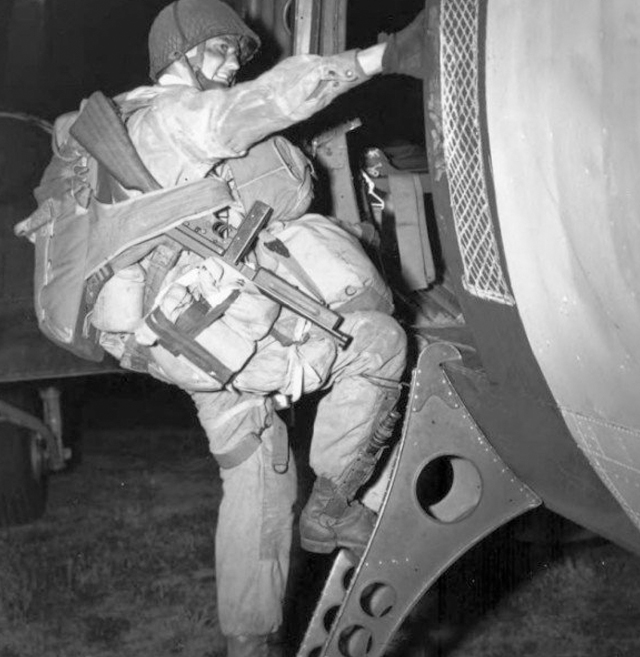
Both the Allies and Axis powers knew an amphibious assault was absolutely essential. Nothing else could land enough men and equipment quickly enough to have any hope of securing a foothold able to overcome what was sure to be a withering German defense or later counterattack. The remaining questions then became timing and location. The Allies engaged in extensive intelligence misdirection that was partially successful: Even as Allied troops poured ashore at Normandy, some in the German high command insisted it was a feint.
Nor was a substantive paratroop assault in question on either side. In the end, weather became the main determinant—wind and particularly tides overrode. On the eventual day, conditions aloft would wreak havoc on many of the drops and glider launches/landings, and quixotically leave others all but untouched.
More than 1,100 Douglas C-47 “Skytrain” troop transports were available in England as D-Day approached. With a crew of four or five and payload of 18-28 paratroopers (though 15-18 was typical on D-Day), the Skytrains could also tow aloft either two CG-4 “Waco,” or one larger, British-designed “Horsa” glider. The gliders were crucial to the hoped-for success of the para drops, as any vehicles or (relatively) heavy weapons would have to be delivered behind the beaches by such glider aircraft and their crews.
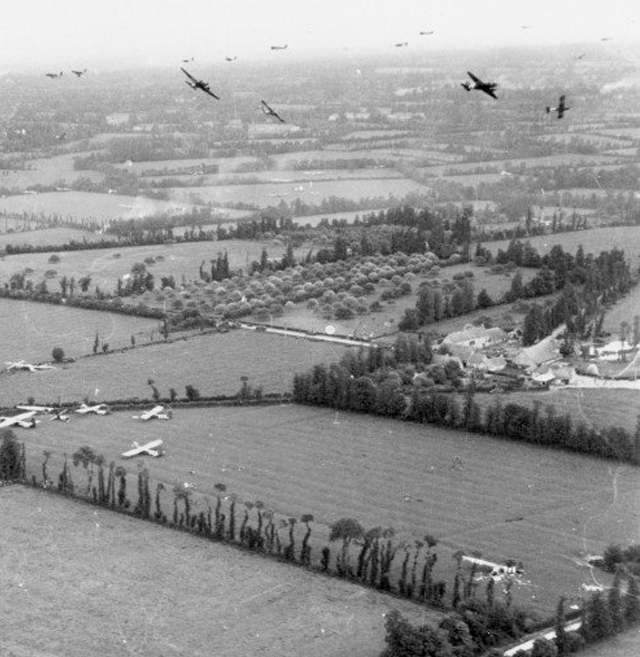
The very first Allied troops—landing in France many hours before any hit the beaches—were airborne “Pathfinders.” These hand-picked 14- to 18-man units were responsible for marking the landing zones of the following “serials” (a three-plane unit) and into which the C-47s would drop their “sticks” of paratroopers. Their jobs were to setup ground beacons of a transponding radar system that Skytrain crews could home in on, with terminal guidance provided by marking lights.
Wildly varying flight conditions afflicted the Pathfinders as much as they would the actual troops dropped later in the day. Beginning just after midnight some found, guided and lit their follow-on flights to relatively successful—accurate—drops. Others were miles from their carefully selected drop (or for gliders, landing) zones. On the whole, technical limitations of the guidance system amplified the penalties for formations where less than 40 percent of aircraft had navigators.
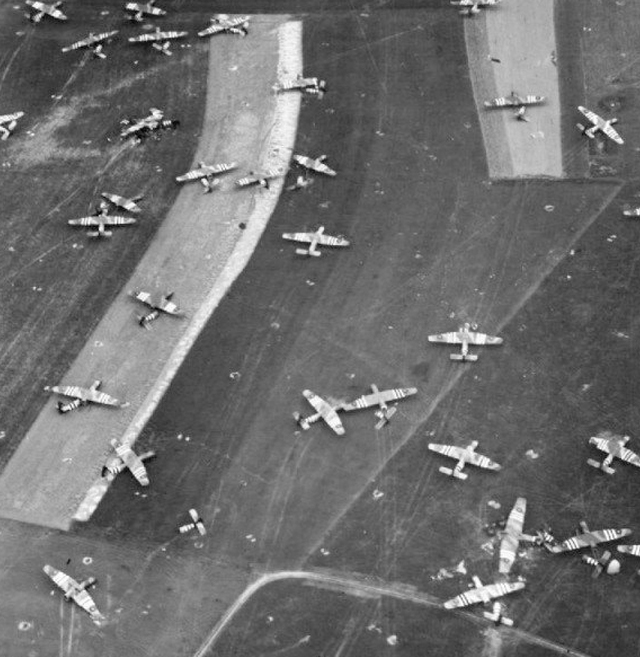
Generally, flight and drop conditions were worst over the western half of the Normandy beaches, though thick ground-level fog was common everywhere. The 101st Airborne Division seemed to meet with worst fortunes of all, with widely dispersed drops, the loss of all but one howitzer to glider crashes and, later in the morning, Assistant Division Commander Brig. Gen. Don Pratt in a skidding crash (somewhat erroneously fictionalized in the movie “Saving Private Ryan”). The 101st nevertheless tallied some notable successes—the Brécourt Manor Assault (of Band of Brothers fame) where 13 paratroopers overcame an artillery battery and 50 German defenders, and Mission Chicago, where 92 percent of landings occurred within two miles of the LZ, which gave effective control of the four principal exits behind Utah beach.
The 82nd Airborne had marginally better luck, with its 505th Regiment jumping accurately, and capturing Sainte Mère Eglise on schedule and with only minor casualties. With its fall, the Wehrmacht lost an important communications center and crossroads, and was blocked from relieving Utah from the west and southwest.
Despite varied and difficult flying conditions, substantial German countermeasures specifically designed to counter gliders, and extremely crude (by modern standards) navigation/guidance, no assessment could regard the Allied airborne assault as anything but a success. Dispersed and off-target drops seemed to harry the highly trained paratroopers little: If they were lost, they attacked objectives at hand. If not, they often achieved objectives ahead of schedule (as Major John Howard’s Oxfordshire and Buckinghamshire Light Infantry did here in the British sector behind “Sword” beach).
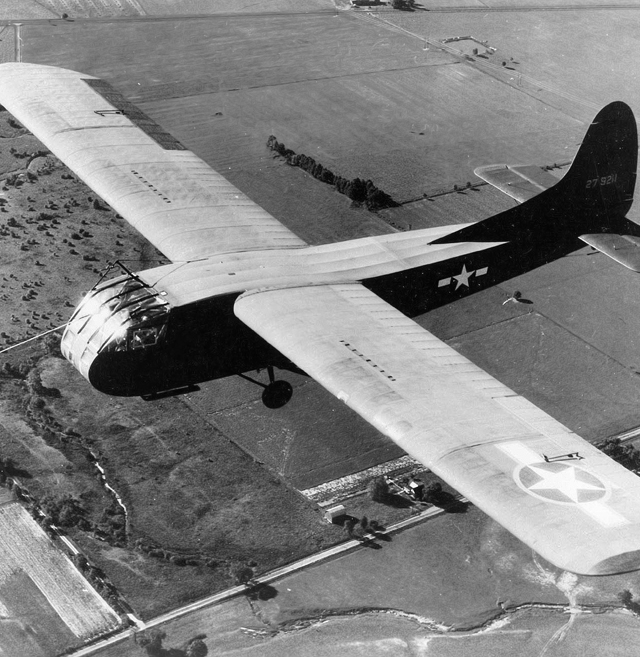
The German troops backing the Normandy beaches were widely acknowledged—even at the time—to be less experienced, and in many cases understrength compared to units defending the beaches. But combined with German countermeasures (like “Rommel’s asparagus”) exacted a deadly toll. In June 6-7 operations, 42 C-47 and 517 gliders were destroyed. In the case of the gliders, most were landing accidents and post-landing German fire. The Wacos fared somewhat better than the Horsas, but in the end 97 percent were still abandoned: Combat troops and ammo/food/fuel took precedence over maintenance units for landing on the beaches. Even more sobering was the human cost. For the 82nd and 101st, D-Day losses alone were 338 killed, 904 wounded and 1,257 unaccounted for—many of whom would later turn out to be fatal casualties of glider crashes.
Whatever the cost, Airborne troops kept the German rear at Normandy in disarray in the early, crucial hours and days of the invasion, and secured on June 6 alone the landing of nearly 160,000 Allied troops. By the time Generals Rommel and Von Rundstedt were sure Normandy was the real thing, the raiders from the skies and the waders from the sea had sealed the fate of the Third Reich.













